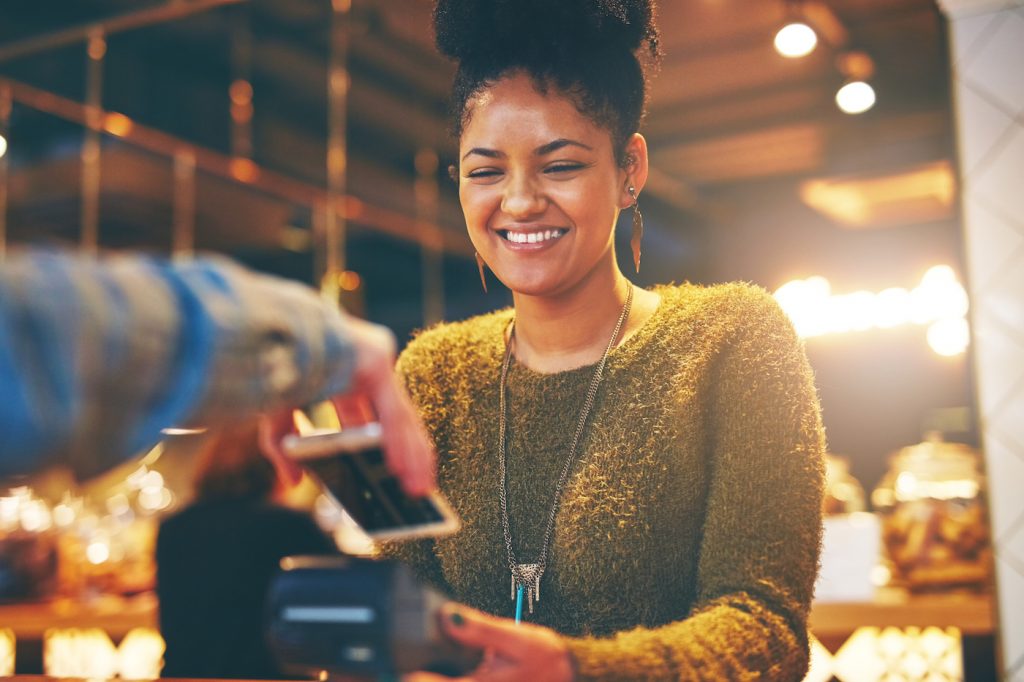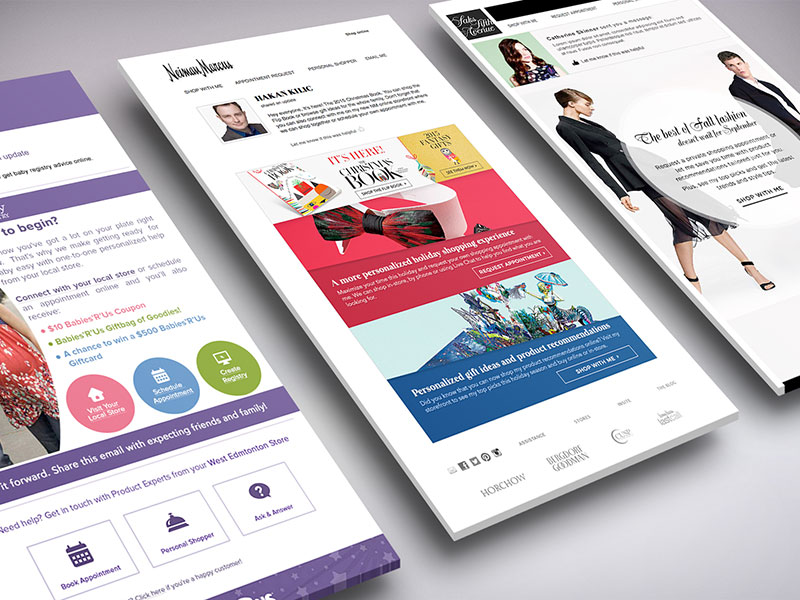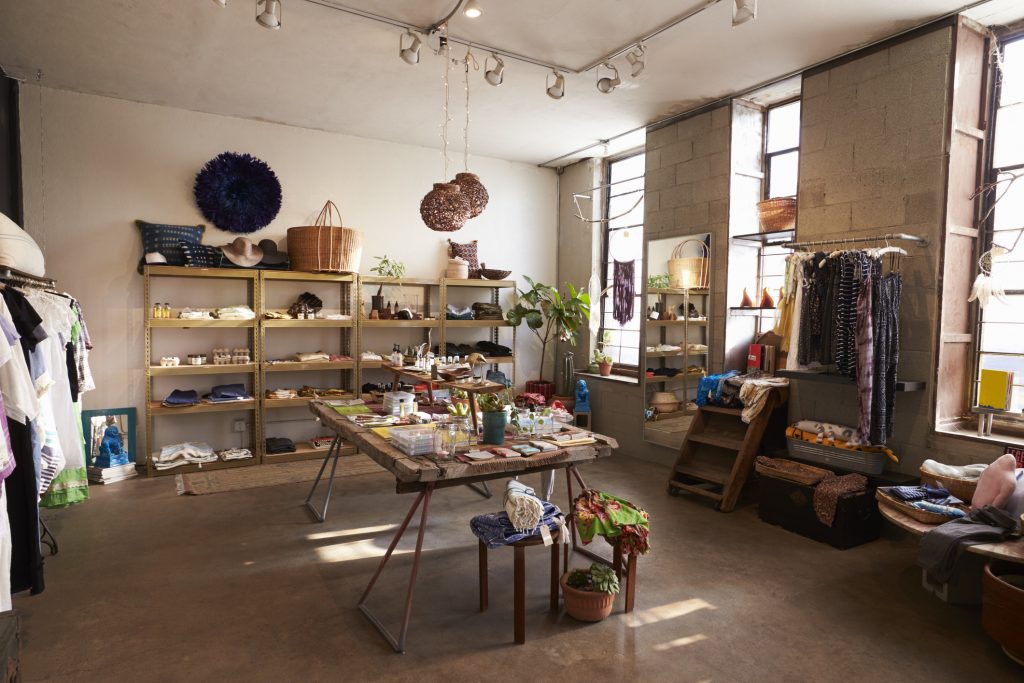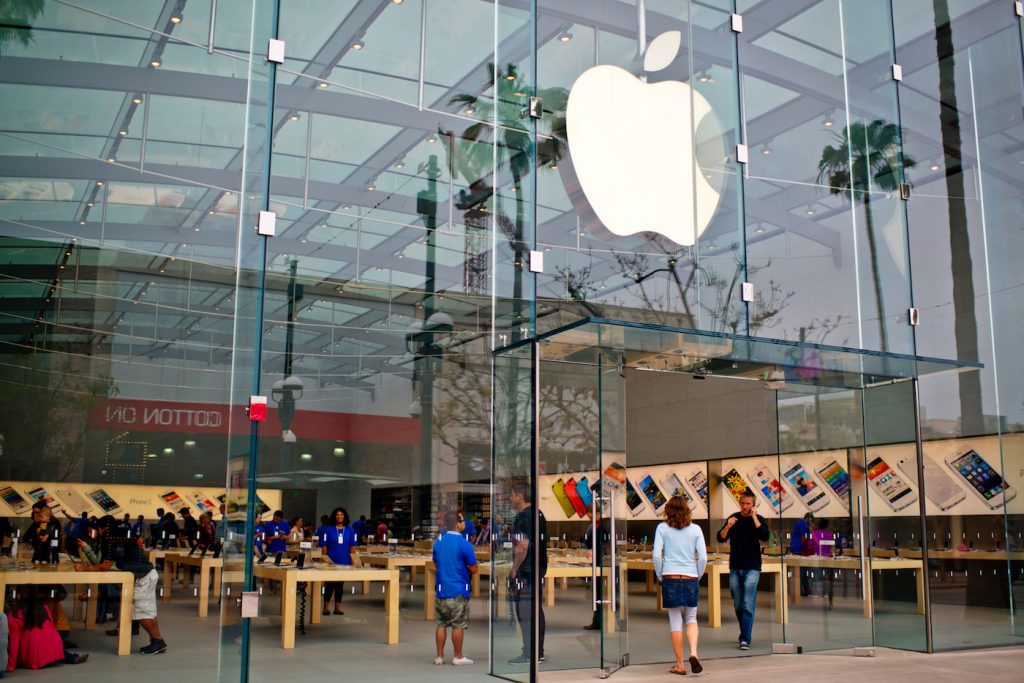When Amazon announced it was going to build brick and mortar concept grocery stores – Amazon Go – it made huge waves in the media.
What was particularly interesting about it was how they incorporated a feature usually only seen online: Amazon’s ‘Buy with 1-Click’ button. This feature would create a seamless experience for the shopper: just select the items you want and then simply walk out of the store.
What Amazon knew about this move is what smart retailers are looking to do in brick and mortar properties: design stores replicate the best features of online stores. If that sounds like something out of a Black Mirror episode, it’s not. It’s going to be a hot trend in the future.
We’re far enough into the online retail revolution where we know there are some teens and adults who have grown up digital-first, even in retail. This fundamentally changes the purchase expectations and flow of a growing number of customers.
The ease of which regular shoppers online can navigate from consideration to purchase, to owning the item is a key part of the next generation of retail design.
In November of 2017, Target unveiled a redesign centred around the changing ways people shop. The store has a dedicated entrance for “express” shoppers: through this entrance, wine, beer, and package pick up are the first things you see. The store also has curbside pick up where a store employee will deliver an order you placed directly to your car.
If none of these options applies to you, you can use Target’s second entrance, for shoppers to “discover” new items or brands.
This twofold strategy emulates two distinct shopper patterns that exist both offline and on: The on-demand shopper, and the discovery shopper. By redesigning the space, Target hopes to capture both styles in a way that directly addresses their needs.
Apple got rid of the purchase queue years ago by making on-demand checkouts a reality in their stores. Customers can either walk up to any sales associate with a handheld device check themselves out with the Apple Store application. Just pick up the product you want, scan the barcode, enter your AppleID, and voila! You can walk out of the store with your new purchase without interacting with anyone.
The trend for retail seems to be moving toward operating the way we have become accustomed to shopping online all in an effort to bring people back into brick and mortar stores. The seamless process marries the best of both worlds: the ability to touch and feel the product in real-time and to ask crucial questions about the product while avoiding waiting in checkout lineups.
How can retail stores without hundreds of millions of dollars in renovation budgets and armies of sales associates effectively leverage this trend?
Set up a fast lane in-store

Set up an area somewhat close to your entrance for customers to pick up, return, reserve, or gift wrap items easily. If you’re unsure whether this will work, try setting it up during a busy time for shopping or returns for your store. It’s important to look at adoption rates, and solicit verbal feedback from those who choose to use this option.
Consider having grab and go stations in your store for the most commonly purchased items. Make these stations close enough to a cash or a mobile cashier to make the experience quick and easy for the customer
Work with your regular customers to make in-store shopping smarter

Using Salesfloor, you can set up predictive newsletters with items in them you know your customers will love, and let them know you can prep these items for them to pick up on demand in-store.
Look for purchase cadence for regular customers and be predictive about what you think they might need. This helps your associates become indispensable to these customers, who will likely return for the same simple, efficient service,
Increase discoverability

Merchandising isn’t just about showing off new lines or items that are on trend right now. Merchandising is also successful when it helps fulfil a need.
Online stores often bubble up “bought together” items in an effort to anticipate a customer’s needs. Grocery stores in vacation spots have long known the value of placing disposable barbecue kits in near the barbecue sauce, and solo cups and ping pong balls in with the mixer or near the beer.
Anticipating common uses or combinations of items in your store and either packaging them as kits or displaying how someone could package them/buy them together is a great way to increase total spend, and a great way to establish your store as a place that solves problems, thus increasing purchase frequency and word of mouth.
We live in an increasingly on-demand economy, but that does not mean that in-store retail is obsolete. Without resorting to wildly expensive redesigns, you, too, can leverage what the larger stores know about the change in how e-commerce trained customers shop and use that to gain strategic advantage by tweaking how your store and associates deliver the shopping experience from outside the store to the cash.
